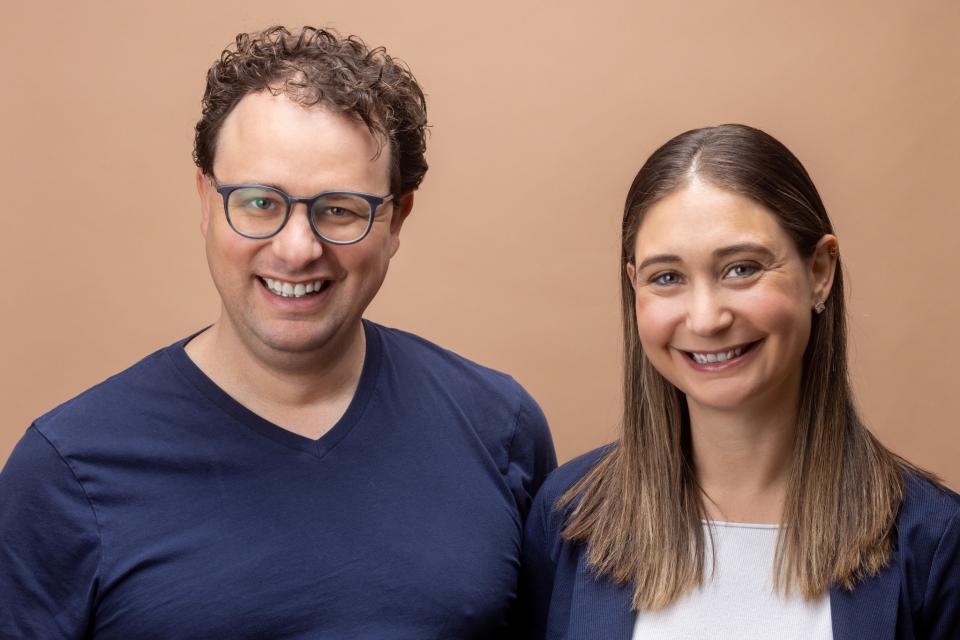Anthropic’s rivalry with OpenAI heats up with its claim new Claude AI surpasses GPT-4o

Anthropic, the San Francisco AI startup founded in 2021 by researchers who broke away from OpenAI, has released a new version of its Claude model that it says surpasses the capabilities of OpenAI's most recent AI system, GPT-4o.
Anthropic's release of its new AI model, which it calls Claude 3.5 Sonnet, comes just a month after OpenAI launched GPT-4o, showing the intensity and speed at which top AI companies are competing to match and surpass the features and performance of one another's software.
Whether Anthropic's claims that Claude 3.5 has beaten GPT4-o on industry benchmark tests is accepted by OpenAI and the wider community of AI researchers and developers at companies deploying these so-called "AI foundation models" remains to be seen. But it does underscore the difficulty AI companies are having in creating product differentiation that lasts more than a few weeks.
After all, OpenAI likely won’t wait long to release its next model, which the company recently confirmed is currently being trained. Three weeks ago, an upstart competitor in the model space, Paris-based Mistral, released its first generative AI model for coding. And Anthropic itself had only launched its previous model family, Claude 3, in March.
“The pace of progress is incredibly fast,” agreed Anthropic cofounder and president Daniela Amodei in an interview with Fortune ahead of today's announcement. But she pushed back on the idea that the speed of model development meant a lack of differentiation: “They do become a bit more differentiated in terms of product features, availability, specialization.” The latest Claude model, she said, builds on its existing “personality” as well as the safety, security, and reliability features the company bakes into its product features and model training. This emphasis, she said, doesn’t change “regardless of what model” Anthropic brings to market.
Claude 3.5 Sonnet is the first of a family of Claude 3.5–branded models that Anthropic is planning to debut.
Amodei would say nothing about Claude 3.5 Sonnet's model size or technical training details. So users and the public have no understanding of why the model shows, according to Anthropic, “marked improvement in grasping nuance, humor, and complex instructions,” or how it operates at twice the speed of Claude 3 Opus, the company’s last “most intelligent” model released in March. Nor is it clear how the company can afford to offer the new model to users for free on Anthropic's iOS app and at Claude.ai.
“Things like that are heavily proprietary,” she said, and are “sort of the magic research secret sauce of the decisions we make for how to train the models to get to their capability level.”
Amodei did say that while Claude 3.5 Sonnet is multimodal for inputs of images—such as the charts or graphs that make up so much of the data in enterprise companies—Anthropic has not prioritized voice assistants like the one OpenAI debuted with GPT-4o on March 13. “That just hasn't been a request for most of our enterprise customers,” she said. “To be clear, there are absolutely use cases where enterprises could benefit from it and it’s something we’re thinking about for the future.”
In a sign, perhaps, that Anthropic is working hard to differentiate itself further for the enterprise companies it wants to target, part of its announcement today was about a new feature called Artifacts that allows teams to work together in a dedicated workspace on Claude.ai. When a user asks Claude to generate content—such as code snippets, text, or designs—it appears in a window alongside the conversation so others can edit and build on it. This feature “marks Claude’s evolution from a conversational AI to a collaborative work environment,” said a press release.
Still, Amodei does not anticipate the fierce race for AI model superiority to slow down anytime soon. “It’s hard to know the exact pace of progress, but I think I would be a little surprised if we didn't continue to see this kind of rapid iteration across all of these companies,” she said.
This story was originally featured on Fortune.com

 Yahoo Finance
Yahoo Finance 